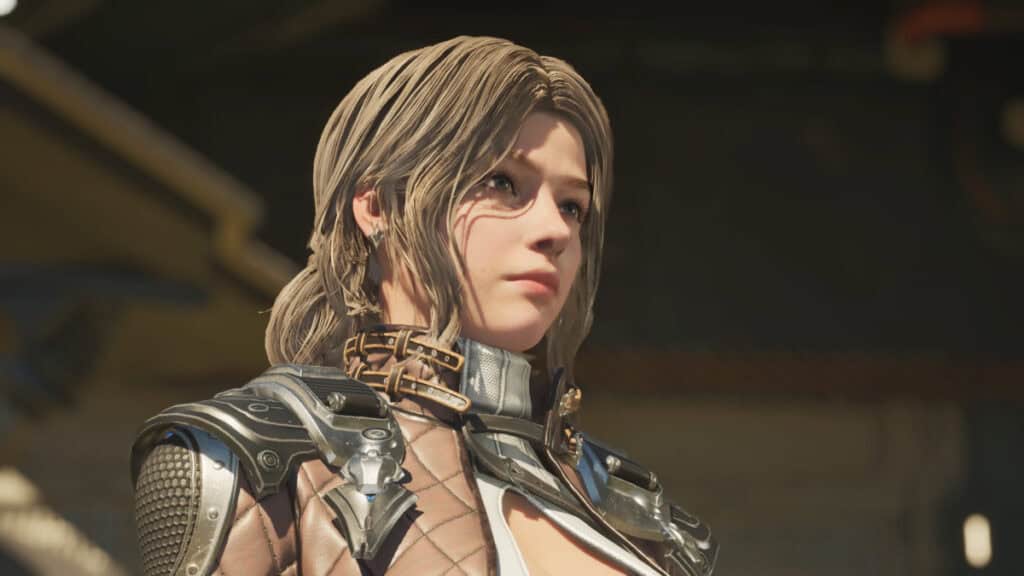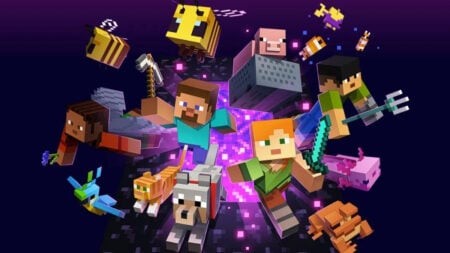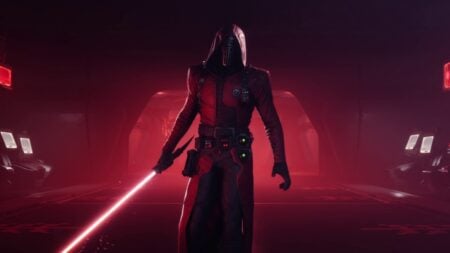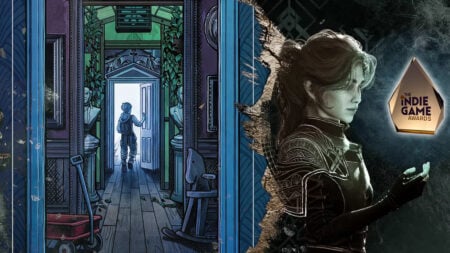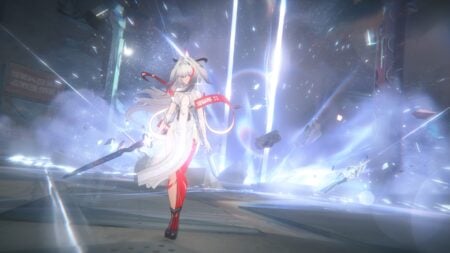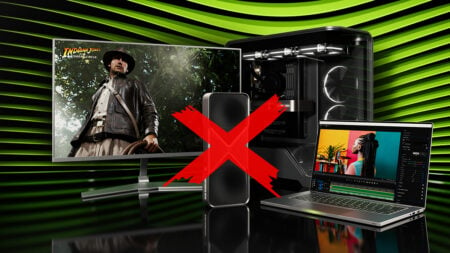Skip To...
In the vast ocean of live service games, I always feel skeptical when I see a new one reach the surface. Most of them stay afloat despite the crashing waves, while others sink into the depths of the abyss. After my hands-on time with The First Descendant, I can tell you that while it has a few holes that might sink this promising ship, it has enough time to hopefully patch them up and become a great looter-shooter many will want to try.
At a glance, The First Descendant shares much with games like Warframe and Destiny 2; the latter being the obvious inspiration. You’re thrown into a post-apocalyptic story immediately, where you get to pick between three characters: a tank, a damage dealer, or a debuffer. I went with Viessa because looks and fan service aside, her skills appealed to me the most. After following a somewhat convoluted story with less-than-ideal lipsync, you arrive at the game’s hub and start your journey as a Descendant.
Descendants, Assemble
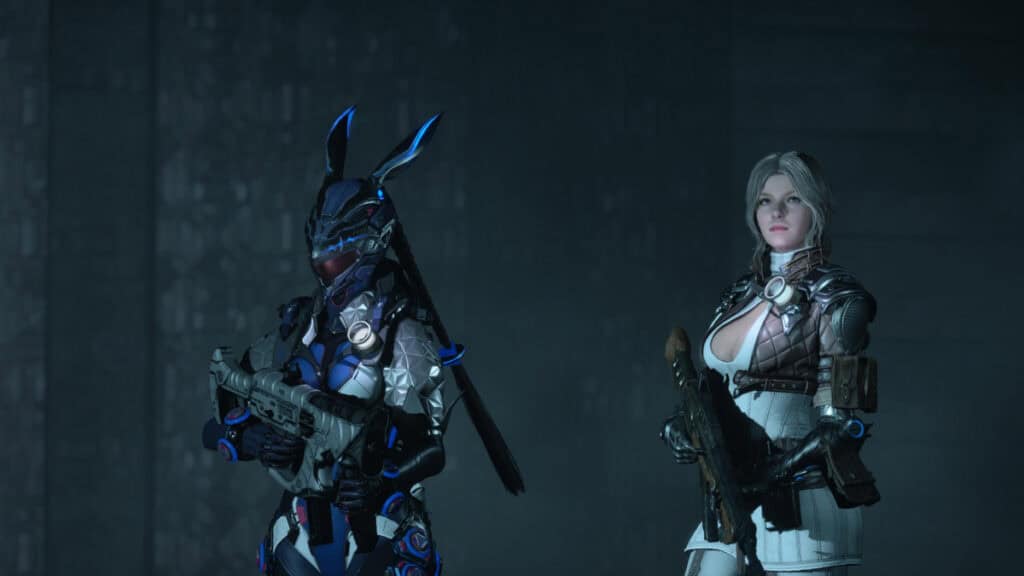
Initially, The First Descendant didn’t grab me. The first few moments between finishing the tutorial and warping to the first area is confusing. The game never stops bombarding you with menus, stats, information, weapons, upgrade modules, and more. It all becomes overwhelming, especially for players unfamiliar with the genre. Thankfully, it only felt like that for the first few hours. Despite the walls of text and labyrinthian menus, the onboarding process improved and gave way to some enjoyment as I tried to unlock my first Descendant. Really, though, those less-than-ideal opening hours shouldn’t be the case in a modern looter-shooter. With live service games vying for control within a saturated marketplace, first impressions are vital, and The First Descendant doesn’t do too well in that regard.
However, it isn’t all doom and gloom. Those who stick with it after visiting every NPC station and those who manage to escape the overly-complex menu design will find an extremely enjoyable shooter. The bread and butter of The First Descendant relies on its characters. At first, I thought they’d all play a bit similar, especially since you can equip characters with any weapons. Yet, that wasn’t the case. Each Descendant you grab has specific skills that — while they share similar functions — bring something entirely different to every mission.
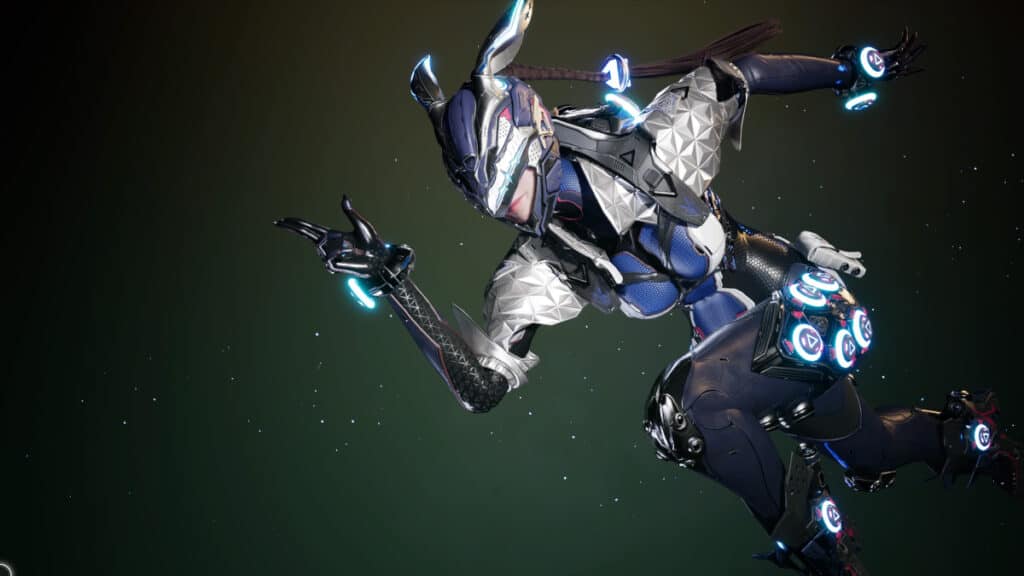
For example, Viessa’s movement skill leaves a trail of ice behind her and freezes enemies that pass through it. Bunnie’s movement skill, however, increases her speed and allows her to gather electricity faster. This is a fantastic design choice because it maintains the purpose of a skill across all characters but changes them significantly enough to make every Descendant relevant. That applied to every action, and I often found myself just trying to research new heroes to see how their kit performed in specific missions.
Sadly, The First Descendant suffers from an inner struggle. On the one hand, it features fantastic and addictive combat. When you get the hang of it, you can pull off aerial combos, swing around with your grappling hook, climb on bosses à la Monster Hunter, and blast enemies with your skills simultaneously. On the other hand, equipping and upgrading things is unnecessarily convoluted. Instead of having everything on one screen, you often find yourself swapping between many menus, which makes the process extremely tedious. While I enjoyed every fight I was in, I often found myself just clicking “equip” mindlessly and hoping for the best because the UI design was hard to follow.
A Jarring Apocalypse
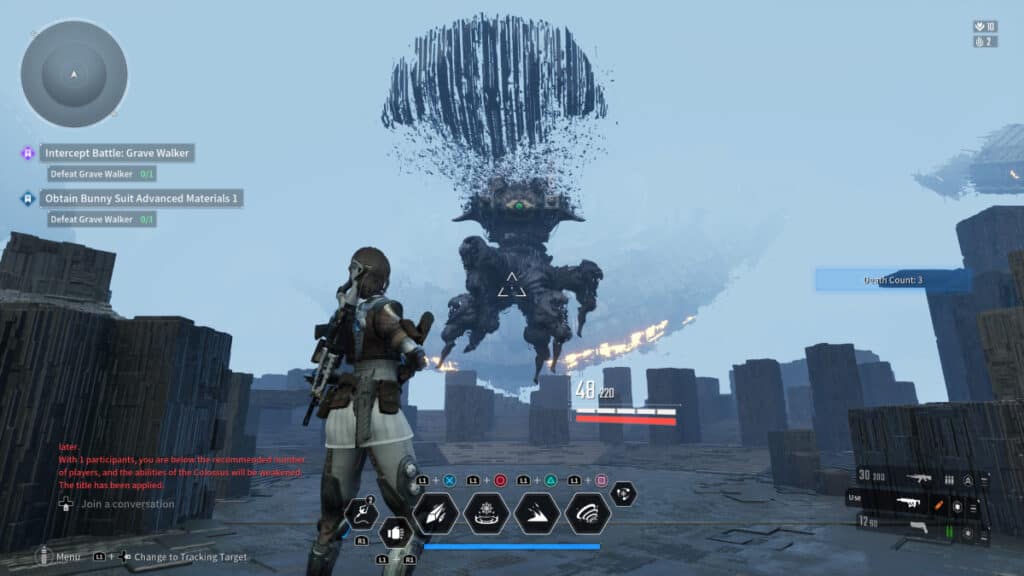
When I saw the first trailers for The First Descendant, I was shocked by how the visuals looked. It all looked fantastic, from character details to the vibrant colors contrasting the dilapidated structures. Sadly, I didn’t experience that once I was playing. I hope this was because of the preview build I was on, but even as I swapped between Fidelity and Performance modes on PS5, the visuals weren’t as crisp as I thought they’d be.
As soon as I entered the first open area, my frames dropped fast. I didn’t see an improvement even after switching between both graphical modes. I even tried to restart my router, thinking it had something to do with my network, but that wasn’t the case. Maybe this was just due to the build I was playing on, and I’m hopeful it’ll be fixed once the game launches. If not, prepare for texture pop-in, enemies rendering late, and stutter that hinders combat.
Nevertheless, there is beauty in the game, and the eye candy largely comes from its roster of uber cool characters. Even the most insignificant NPC looks like it was taken wholesale from a fashion show. Of course, the Descendants are the true winners here. You can quickly look at the store and see that Nexon will be pushing cosmetics hard when it launches. I don’t think that’s a bad thing, by the way. I already have an outfit in my sight that I want for Viessa. Still, I feel that The First Descendant needs to work on many crucial things because even the cutest waifu won’t be able to save this in the long run.
A Promising Shooter With Room For Improvement
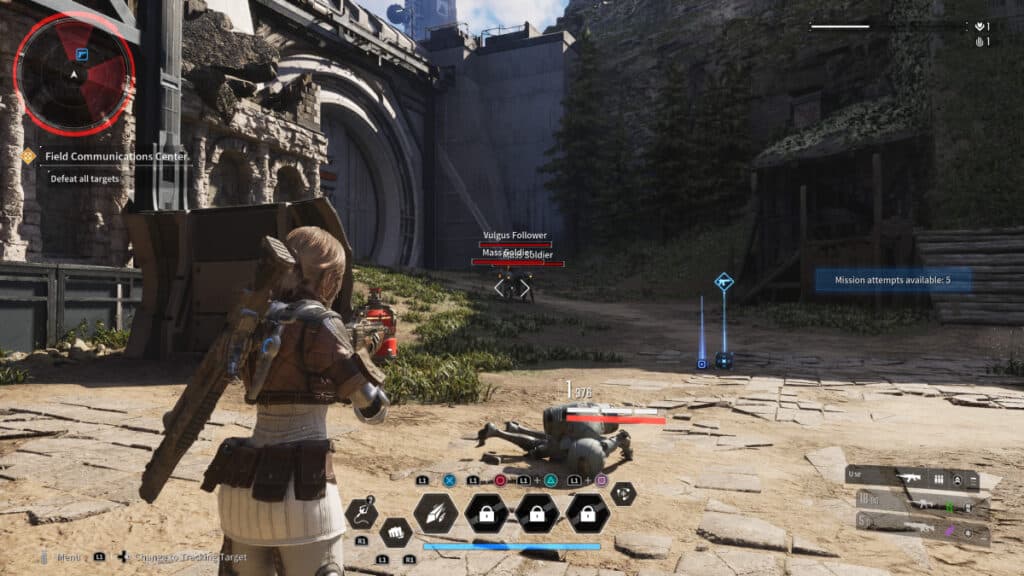
Overall, The First Descendant is a fun experience for anyone who wants a flashy shooter with slick combat. Boss encounters are excellent and often rival those in other well-established games. The Descendants are outstanding, both in visual and gameplay design. Each one feels unique and extremely rewarding if you take the time to learn the skills. Many a player will surely spend hours trying to unlock a new character for their collection.
Despite that, a few things could hinder the game’s launch. The convoluted menus and performance issues could spell doom for this shooter quickly. Yet, it’s important to remember that I played a preview build, and it isn’t wholly representative of the final product. So, my hopes are high. If the launch day irons these things out, I’ll be diving into this post-apocalyptic world headfirst. Issues aside, The First Descendant is quite addictive, and gamers might find a new home with this engaging looter-shooter.

